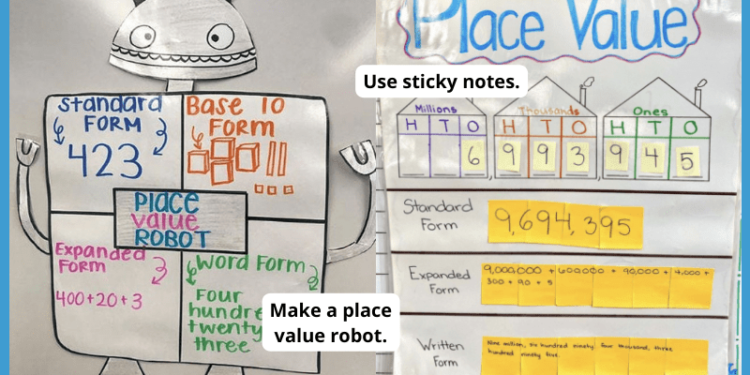A Well Told Story Can Make All The Difference
Storytelling has been around since the beginning of time, and even today, it’s still being used to communicate ideas, stories, and histories. Storytelling in learning can be an effective way to engage learners and promote learning retention. But not all storytelling strategies are created equal.
When done well, storytelling can be an effective learning tool. According to research, 63% of people remember facts better when presented within the context of a story. After all, giving real-life context makes courses applicable to the learner and builds familiarity, making the experience more memorable. But when done poorly, it can cause more harm than good. Here are some dos and don’ts when it comes to applying storytelling techniques in your online courses and learning programs.
The Dos For Storytelling In Learning
1. Introduce The Scenario Of Your Story And Set The Scene
When you’re learning a new subject, it can be helpful to hear a story about it. This is because stories help contextualize information and make it easier to remember. So, first, you have to introduce the scenario and the conflict issue. If you are vague and general, people will have trouble understanding your point; they won’t know what you’re talking about…let alone learn anything. Storytelling also helps us learn by reinforcing key ideas over time in a fun way. That’s how we can create an archive of information we can return to whenever we need it.
2. Introduce Relevant Characters
When creating a story, it’s important to introduce relevant characters. You want your audience to be able to follow along, so make sure they can understand who is who.The more diverse and interesting the characters, the better the story can be. This is especially true for storytelling in learning, where the goal is to engage learners in a way that makes them want to keep learning. It’s also important to introduce relevant characters and situations, making it easier for learners to relate to your content.
3. Allow Learners To Interact With The Story
When incorporating storytelling into your lessons, be sure to allow learners to interact with the story. This can be done in a number of ways, such as allowing them to make choices for their characters. This translates into multi-branching scenarios where learners can choose their own way through the content. It’s like one of those “choose your own adventure” books.
4. Tie In The Story Throughout Your eLearning
Regarding eLearning, stories can be a great way to engage your learners and help them connect with the material. But there are a few things you need to keep in mind when using stories in your eLearning courses. A solid narrative introduction and summary are essential, but just as important is you tying the story in throughout your eLearning course or program. You might start each topic with a story section and then refer to characters and situations throughout the core content. Moreover, using language that supports the story theme throughout the course will strengthen the story.
The Don’ts For Storytelling In Learning
1. Don’t Forget About Key Points Of Your Narrative
When building storytelling in eLearning, ensure key points don’t become lost in the story. It’s easy to fall into the trap of letting a story be its own end point, but this can lead to confusion. If you have a lot of information to convey, you want to ensure that it’s presented in an easy-to-digest format that your audience can easily remember. Keep it structured, and separate story sections from core content to enhance clarity.
2. Don’t Make The Story Too Complex
When creating a story for learning purposes, you want to make sure that it is not too complex, as this can confuse learners and make it difficult for them to follow along. Instead, make the story clear and concise. After all, the story should be simple to follow and support learning without distracting and creating cognitive overload. It is also important to remember that not everyone has the same level of expertise in your subject matter. If possible, create multiple versions of the same story so people can choose the appropriate one for their level of expertise.
3. Don’t Go Overboard With The Design
When it comes to incorporating storytelling into your eLearning courses, don’t go overboard with the design. Stick to a clean, simple layout that will help keep your learners engaged. Additionally, make sure that your story is clear and concise. You want your learners to understand the story’s moral without getting lost in the details. Don’t make them read long blocks of text. They’ll become bored and lose interest quickly! Keep things short, snappy, and relevant for their needs—anything else just becomes an unnecessary filler.
Final Words
When used correctly, storytelling can be a powerful tool to engage learners and promote the retention of information. However, there are a few things to keep in mind when using this technique.
Storytelling, like any other art, is easy to abuse but difficult to master. It is as much of an art as it is a science and requires both creativity and research in order for it to be done well. In this way, you need not fear being “creative” with your storytelling in learning, but rather, you must also understand the basic principles and fundamentals of storytelling.
The takeaway here is that a good story engages, but it entertains first. The best stories make us feel something, and learning is probably no different. If you can make a story interesting, memorable, and engaging, more power to you.

WeLearn Learning Services
We are on a mission to build better humans through learning. We are your partner for beautiful, thoughtfully designed learning experiences that are modern, relevant, engaging, and impactful.




















